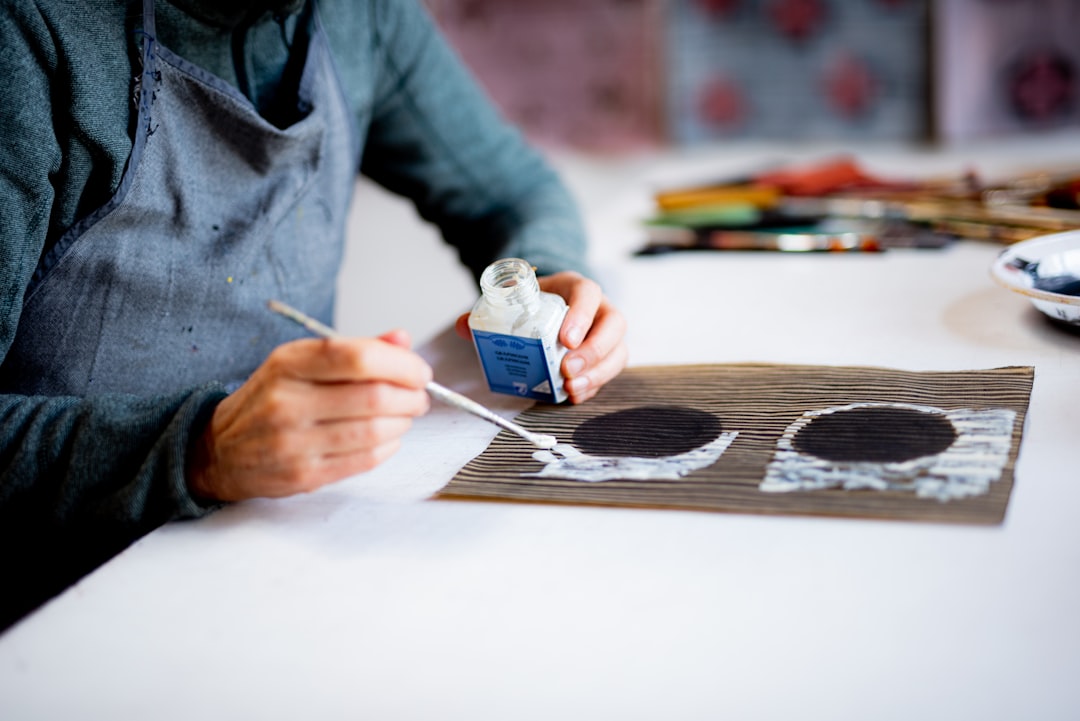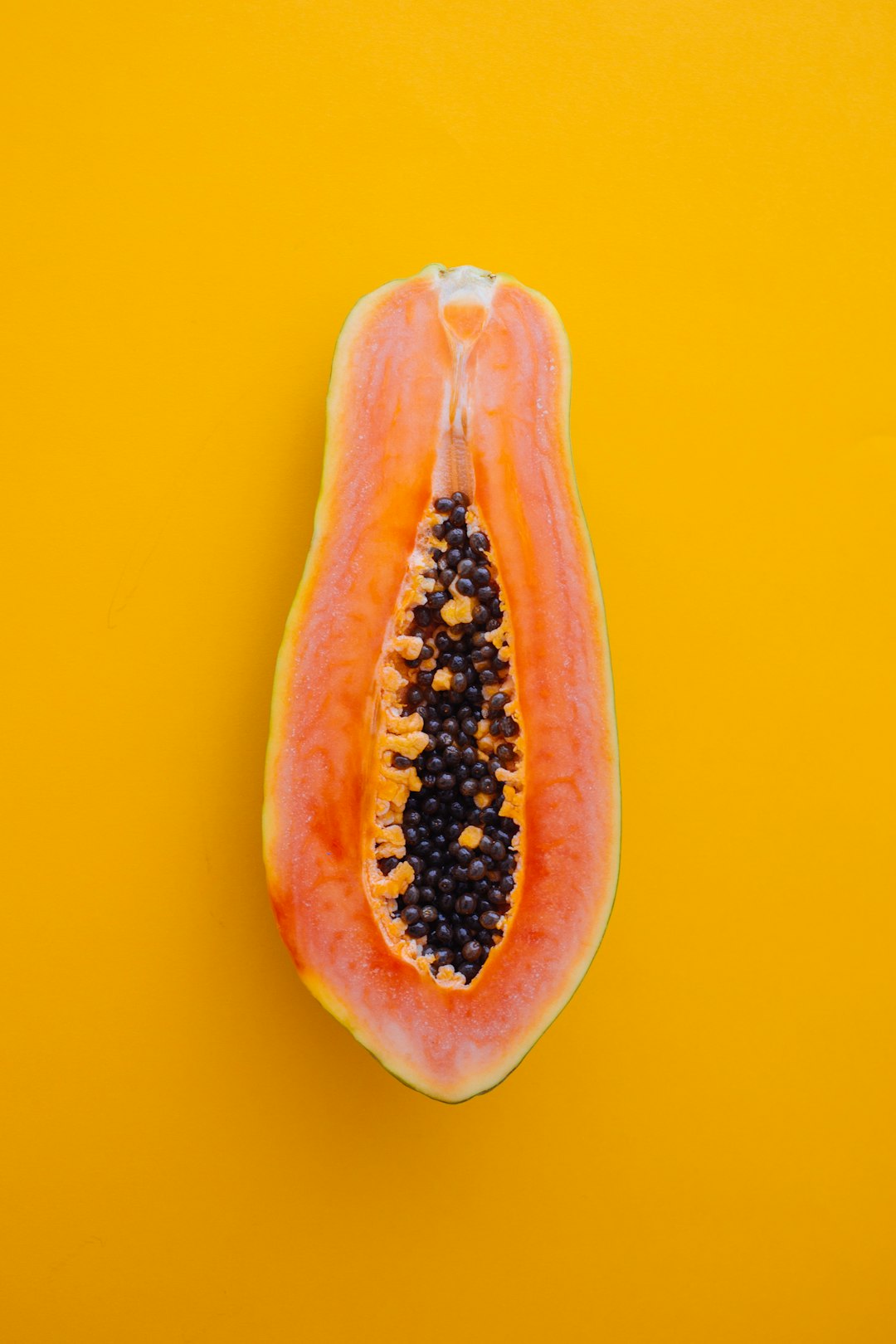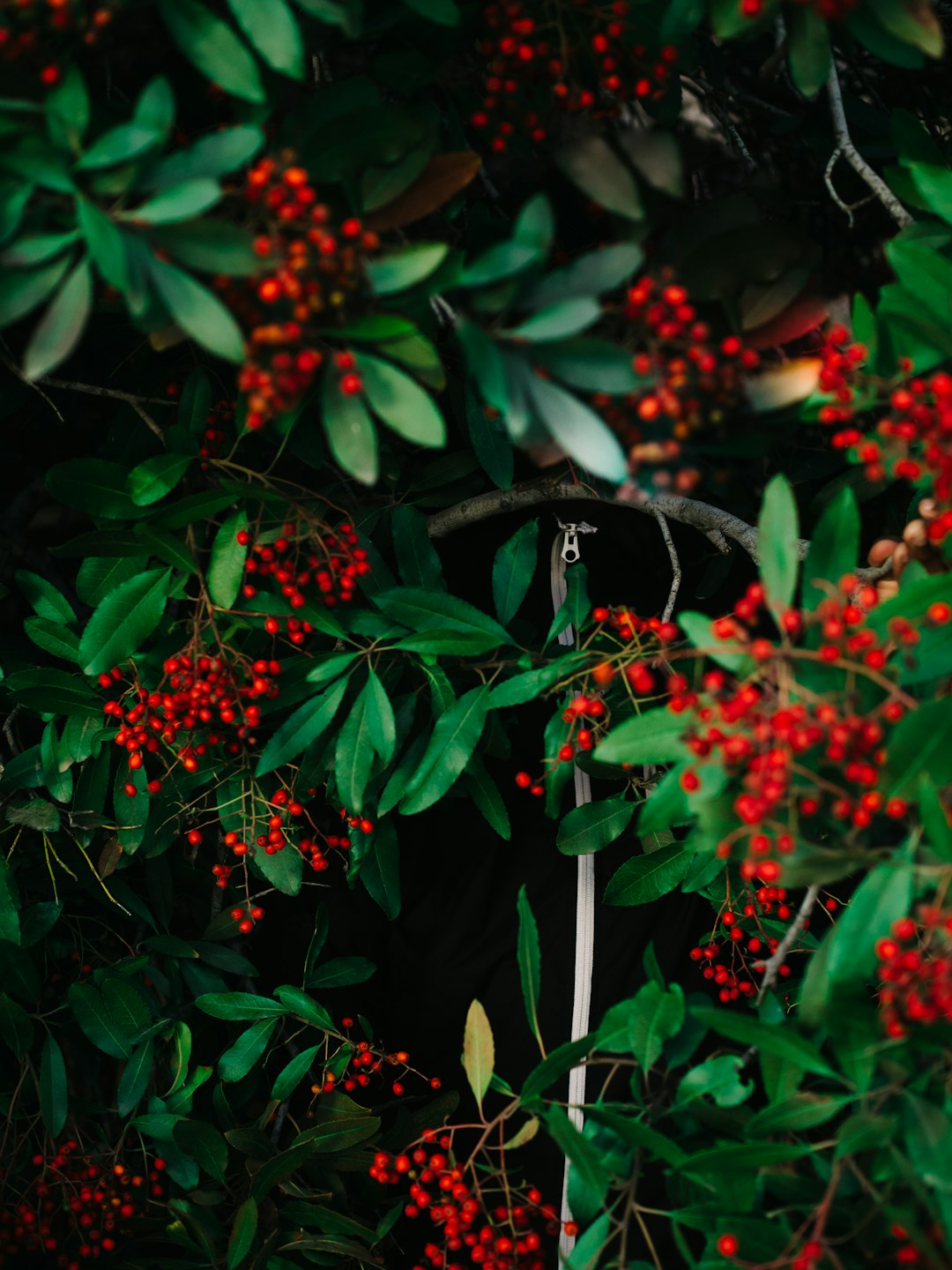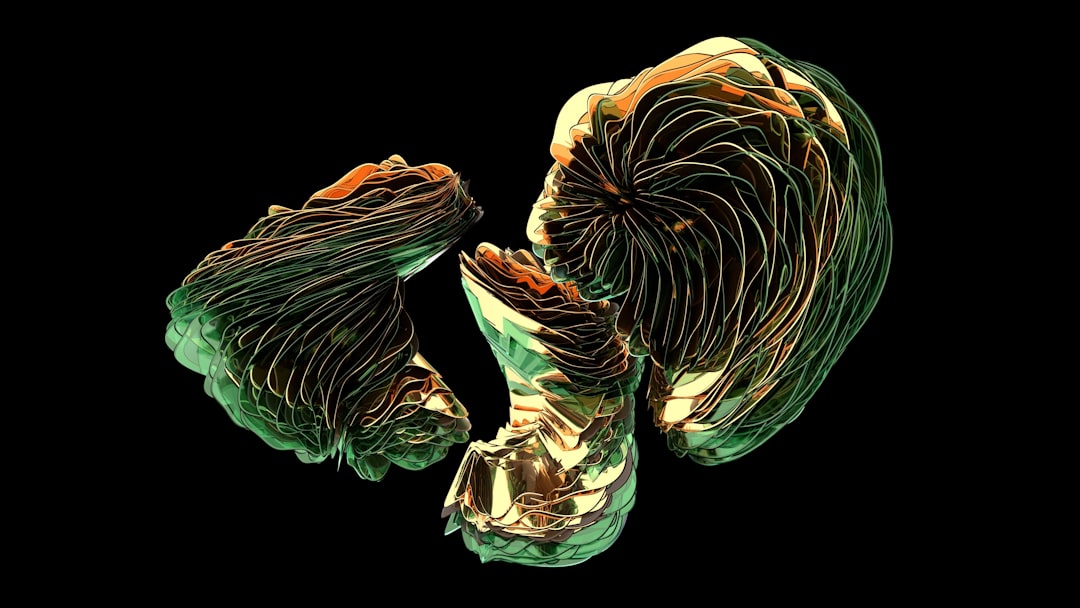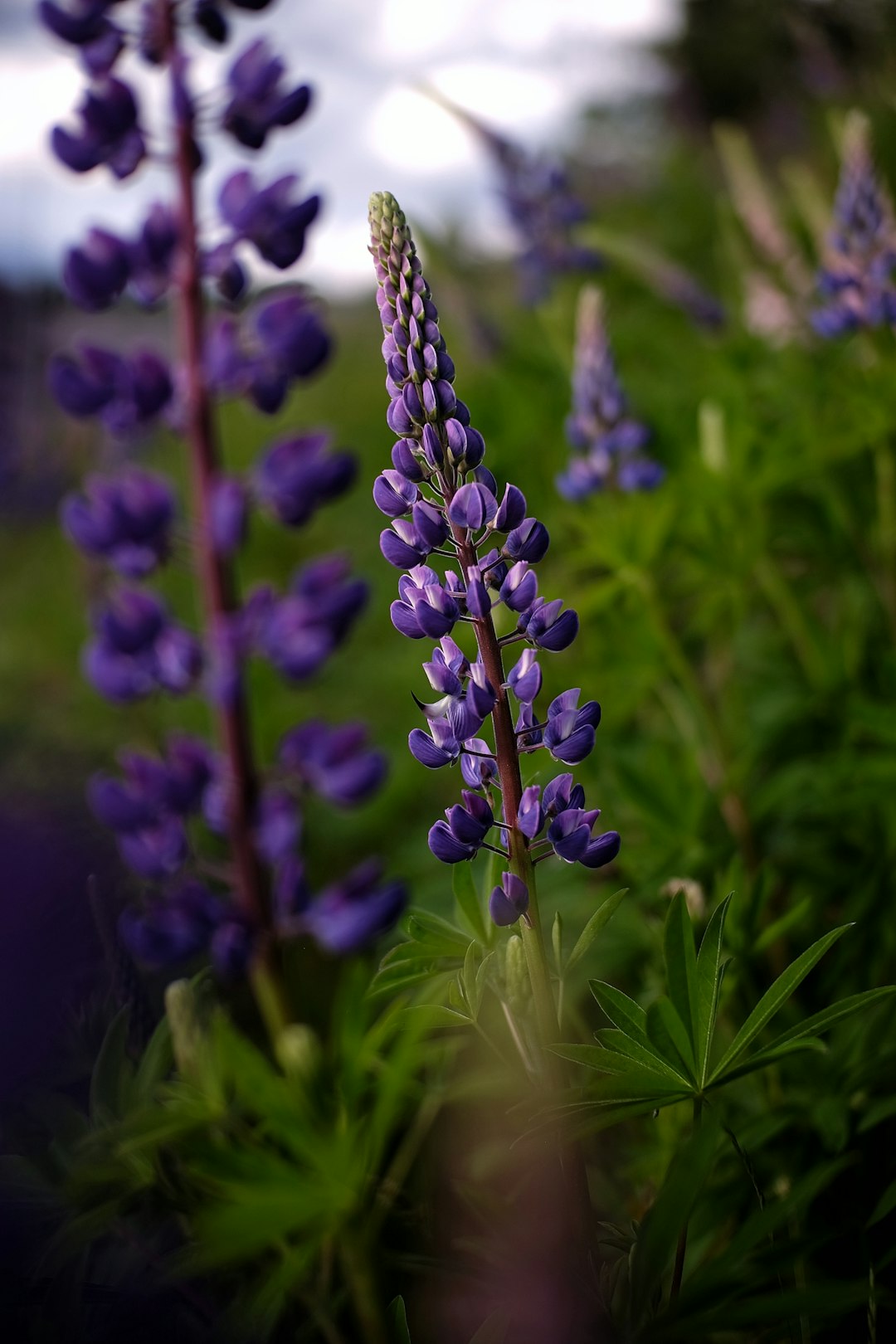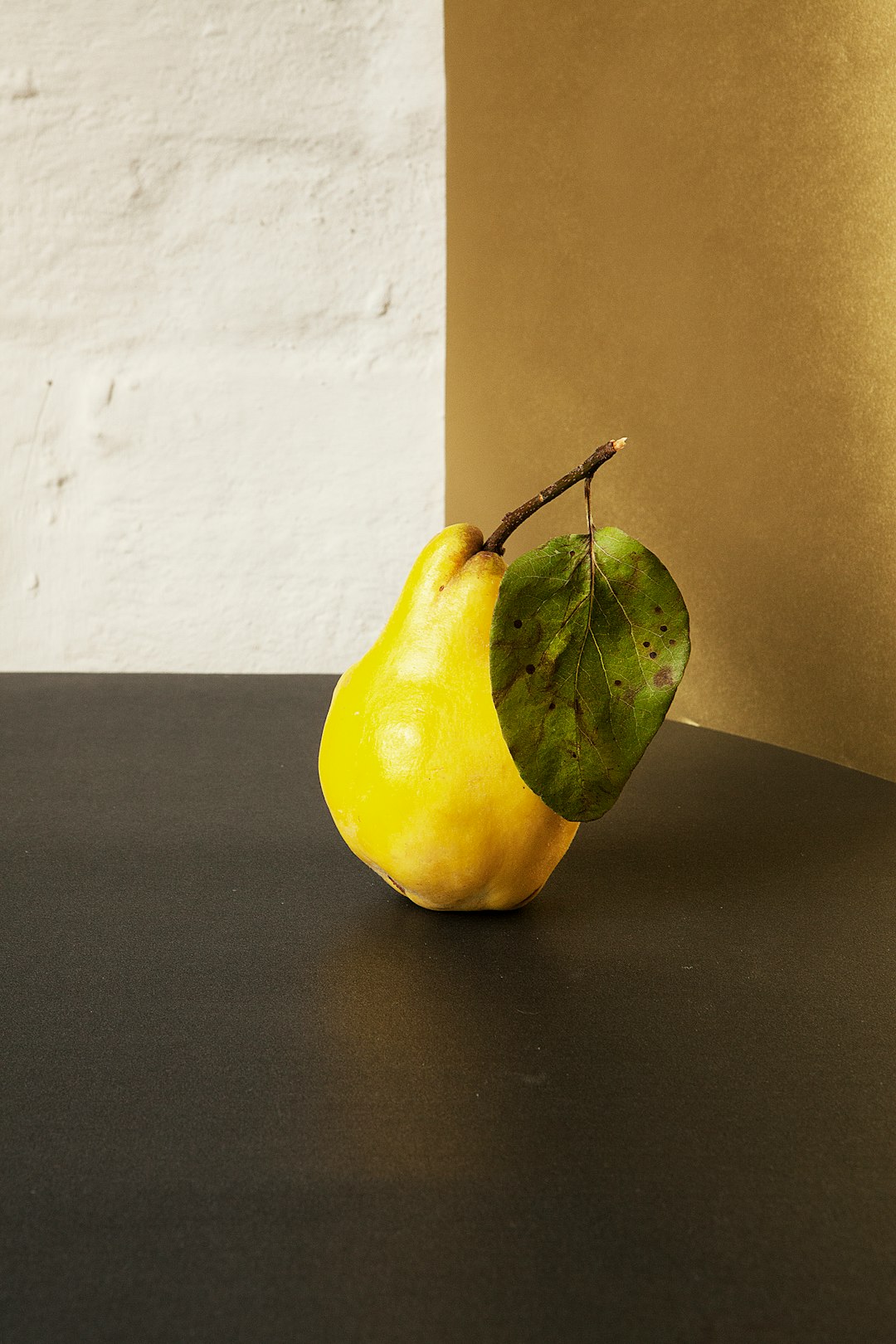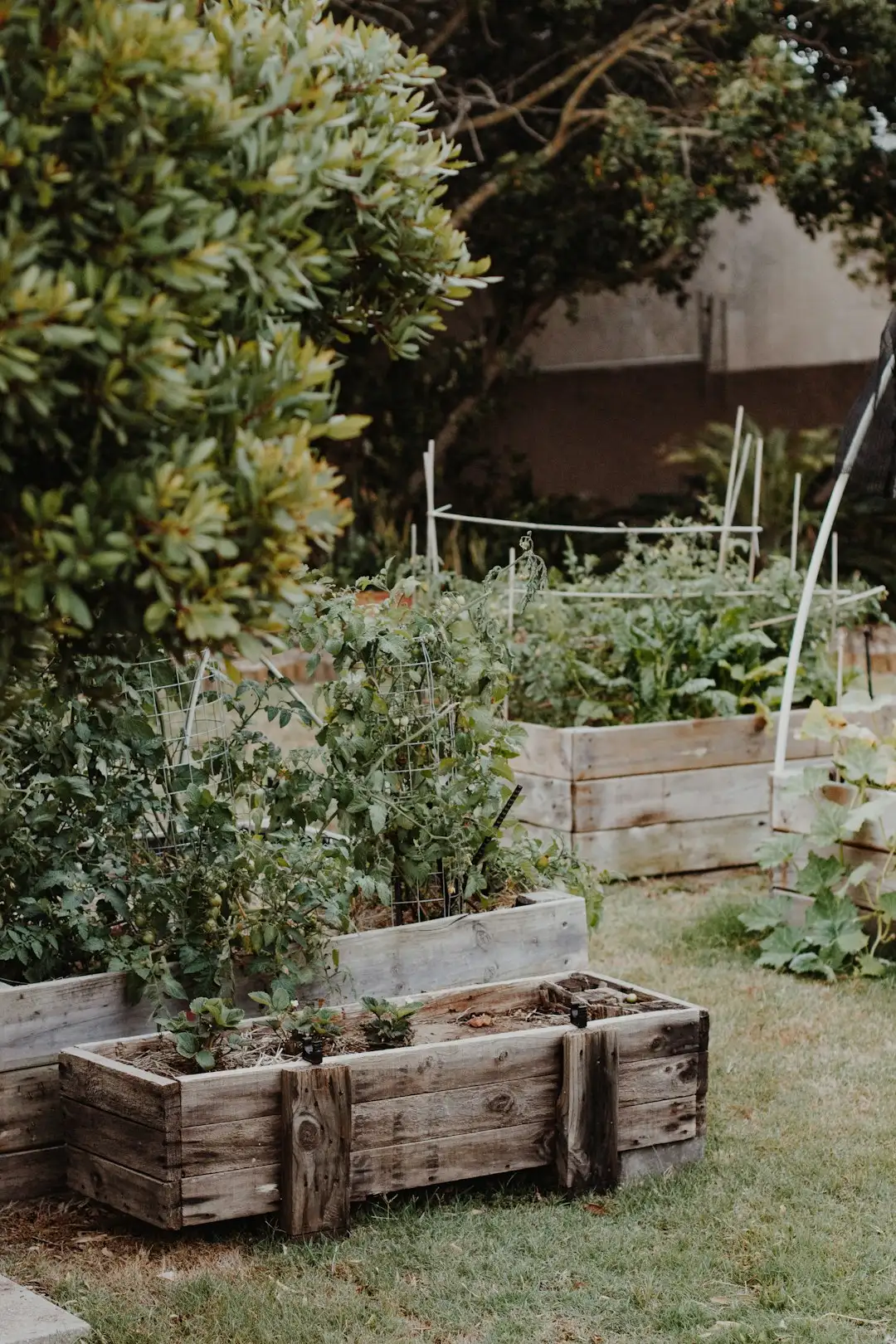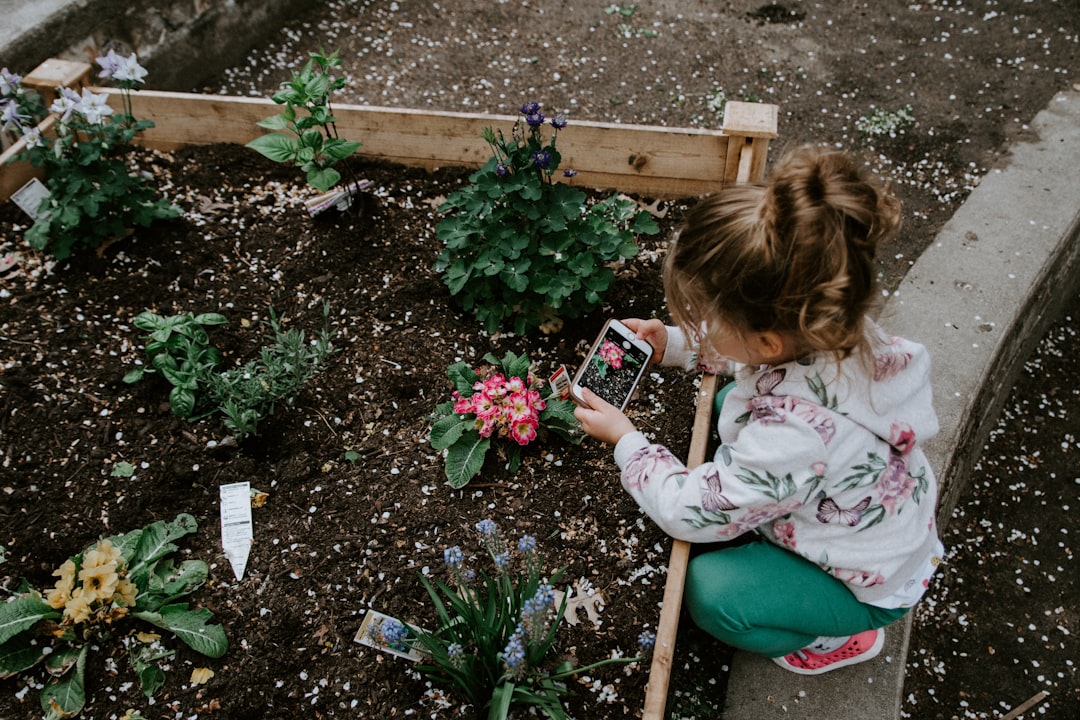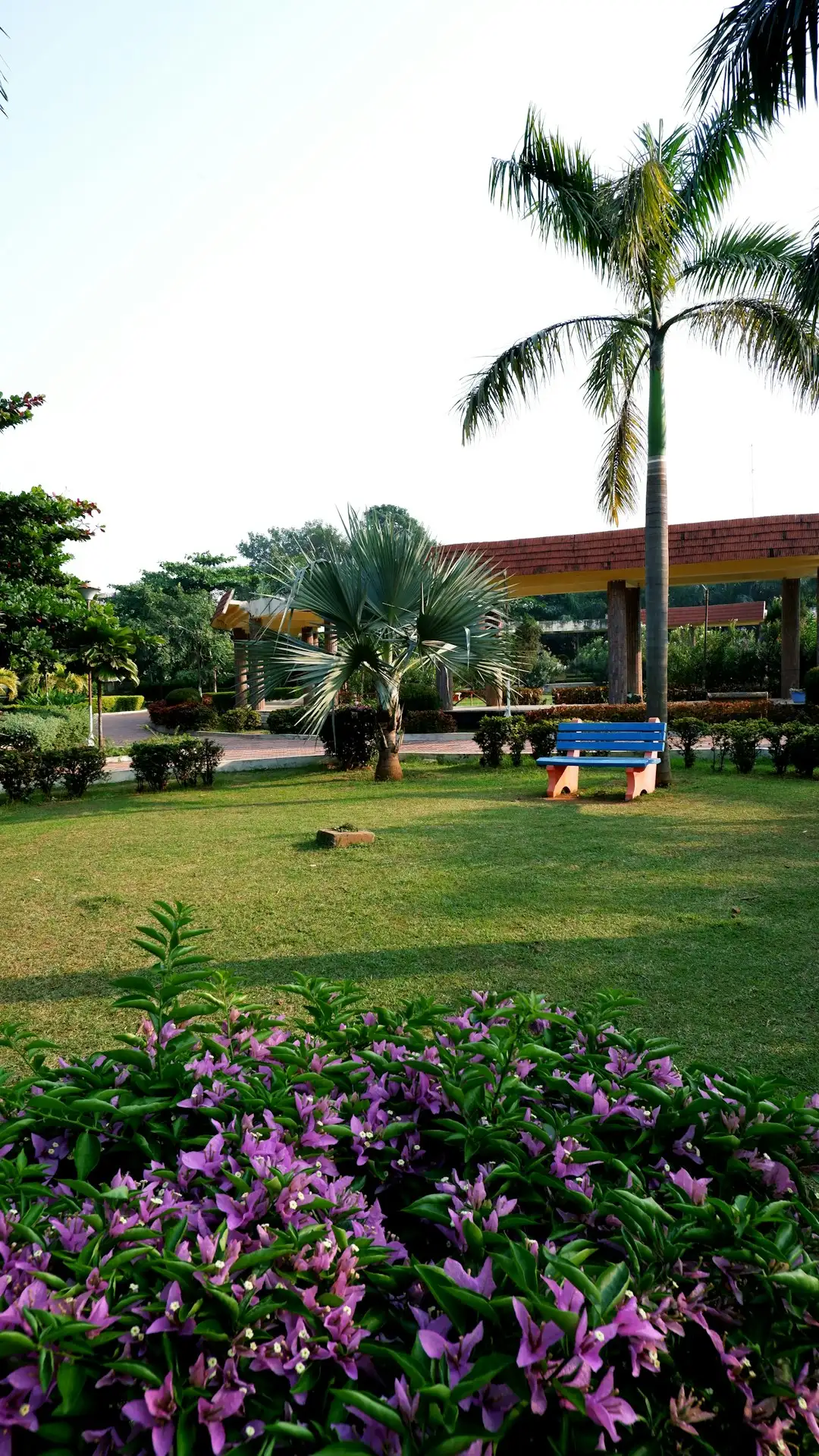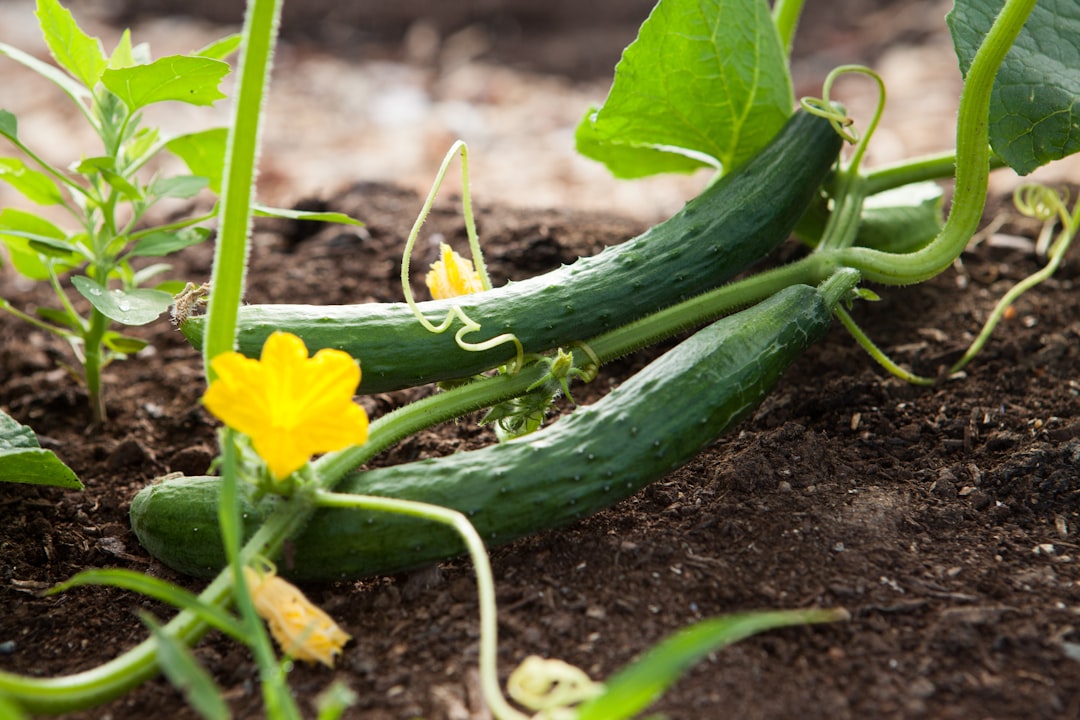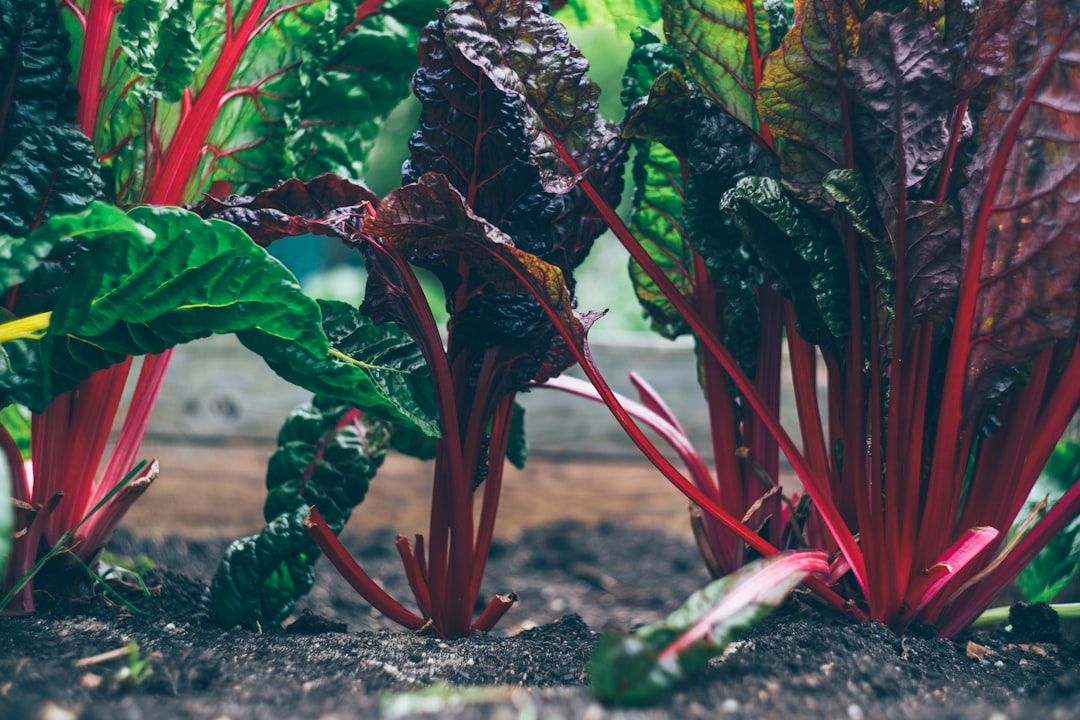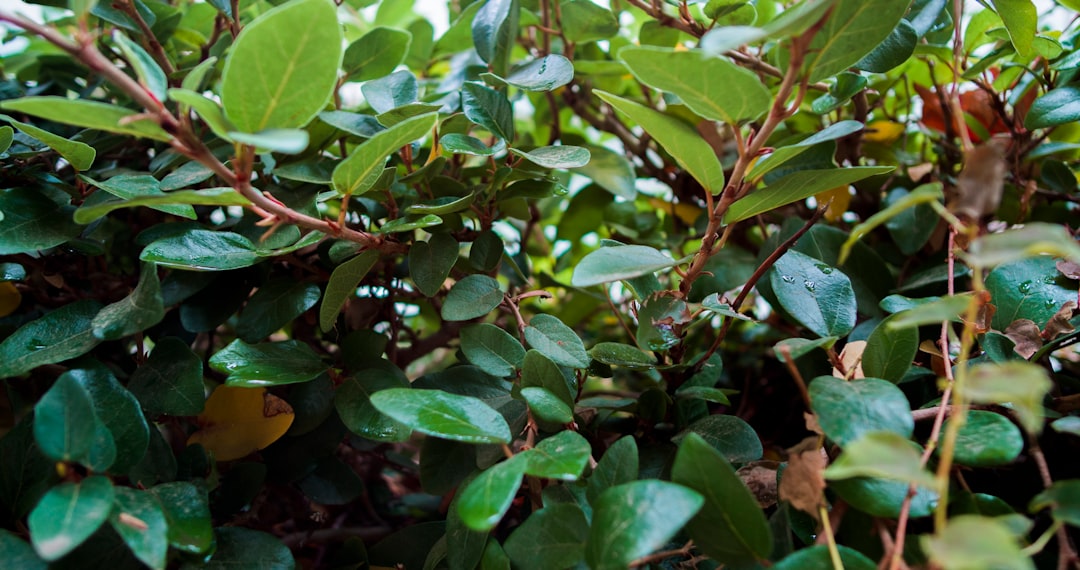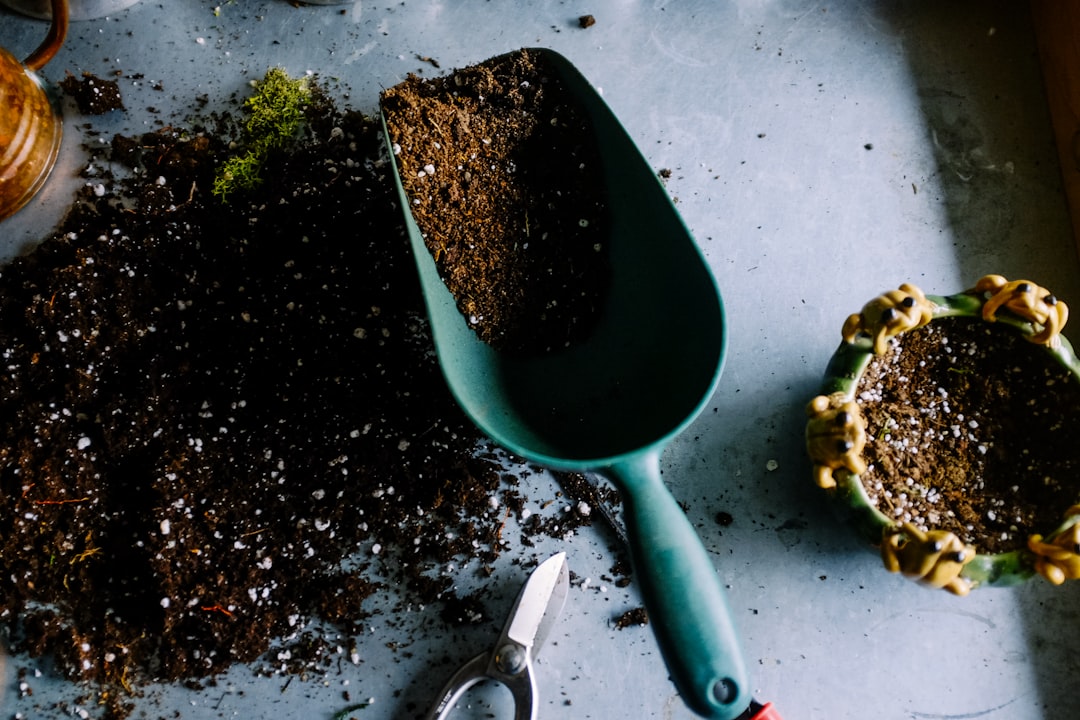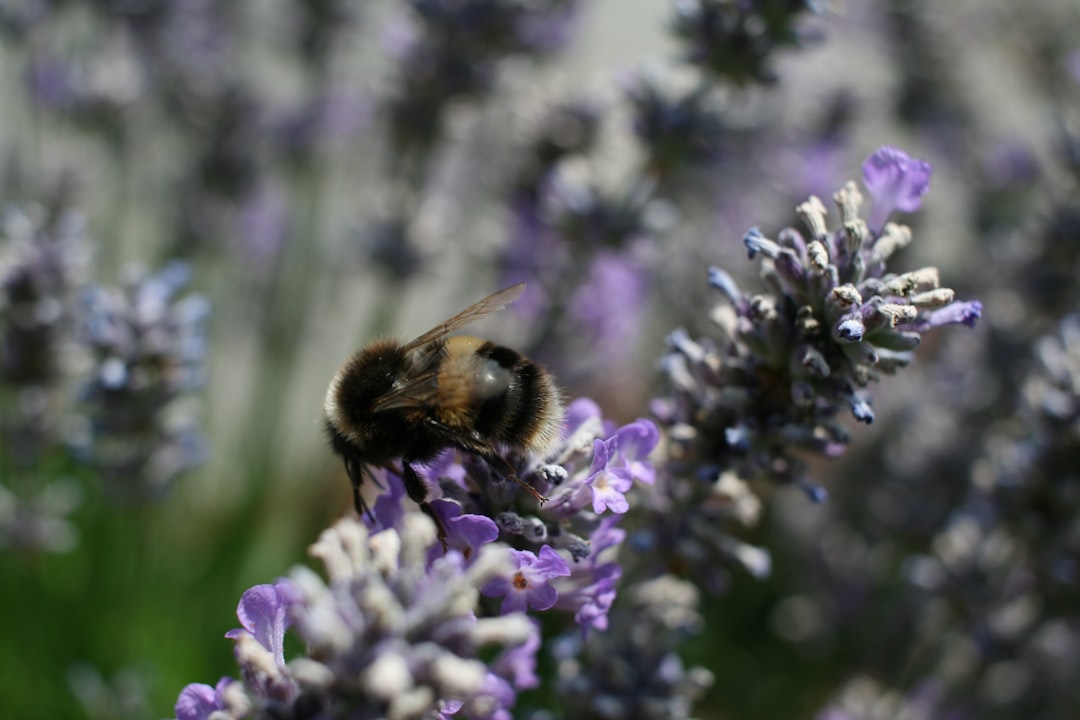
Imagine stepping into your own backyard and plucking different kinds of delicious fruits from a single tree. This is not a dream but a reality with grafted fruit salad trees. These remarkable trees allow you to harvest multiple varieties of fruits, offering a bountiful and diverse harvest right at your doorstep.
### What are Grafted Fruit Salad Trees?
Grafted fruit salad trees are created through a horticultural technique called grafting. In this process, different varieties of fruit - bearing branches are joined onto a single rootstock. The rootstock provides the foundation and the necessary nutrients for the tree to grow, while the grafted branches develop into different fruit - producing parts of the tree. For example, a single fruit salad tree could have branches that produce apples, pears, and cherries all on one trunk.
### Benefits of Growing Grafted Fruit Salad Trees
One of the most significant advantages of having a grafted fruit salad tree is space - saving. In a small yard, it can be challenging to plant multiple fruit trees due to limited space. With a fruit salad tree, you can enjoy the harvest of several fruits without taking up too much room. Additionally, these trees are often more disease - resistant compared to single - variety trees. Since they are a combination of different genetic materials, they may have a broader range of defenses against pests and diseases.
Another benefit is the extended harvest season. Different fruit varieties on the same tree may ripen at different times, allowing you to enjoy fresh fruits over a more extended period. This means you can have a continuous supply of home - grown fruits from spring through fall.
### Planting Your Grafted Fruit Salad Tree
When it comes to planting a grafted fruit salad tree, the first step is to choose the right location. These trees need plenty of sunlight, at least 6 - 8 hours a day. Select a spot in your yard that is well - drained and away from strong winds, as the multiple branches can be more vulnerable to damage. Prepare the soil by adding organic matter such as compost or well - rotted manure. This will improve the soil structure and provide essential nutrients for the tree's growth.
Dig a hole that is twice as wide and just as deep as the root ball of the tree. Gently place the tree in the hole, making sure the graft union (the point where the branches are grafted onto the rootstock) is above the soil level. Backfill the hole with soil, firming it gently around the base of the tree. Water the tree thoroughly after planting to settle the soil and help the roots establish.
### Taking Care of Your Grafted Fruit Salad Tree
Watering is crucial, especially during the first few years after planting. Keep the soil consistently moist but not waterlogged. As the tree matures, it will become more drought - tolerant, but regular watering during dry spells is still necessary. Fertilize the tree in early spring with a balanced fruit tree fertilizer. Follow the instructions on the fertilizer package for the correct amount to use.
Pruning is an important part of maintaining a grafted fruit salad tree. Prune the tree in late winter or early spring before new growth begins. Remove any dead, damaged, or diseased branches. You can also shape the tree to encourage good air circulation and sunlight penetration. This will help prevent the development of fungal diseases and ensure that all parts of the tree receive enough light for fruit production.
### Harvesting Your Fruits
The time to harvest the fruits on your grafted fruit salad tree will depend on the specific varieties. Generally, you can tell when a fruit is ready to be picked by its color, size, and firmness. For example, apples are usually ready when they have developed their characteristic color and can be easily twisted off the branch. Pears are best picked slightly under - ripe and allowed to ripen off the tree. Cherries should be a deep, rich color and come off the stem easily.
Once you have harvested your fruits, you can enjoy them fresh, make jams and jellies, or use them in various recipes. Having a grafted fruit salad tree in your yard not only provides you with delicious and healthy fruits but also adds beauty and interest to your landscape.
In conclusion, growing a grafted fruit salad tree is a rewarding experience. With proper planting and care, you can enjoy the unique benefits of having multiple kinds of fruits from a single tree in your own backyard. So, why not give it a try and start your own edible gardening adventure today?
New






